种草莓印的危害
2024-04-25 14:03:33
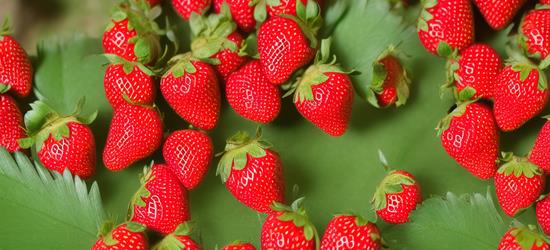
Planting strawberries can have several potential hazards and drawbacks that gardeners should be aware of. Here are some of the risks associated with growing strawberries:
1. **Pests and Diseases**: Strawberries are susceptible to various pests and diseases, including aphids, spider mites, slugs, and fungal infections like powdery mildew and gray mold. Controlling these issues may require the use of chemical pesticides, which can harm beneficial insects and contaminate the environment.
2. **Soil Depletion**: Growing strawberries in the same soil year after year can deplete nutrients and lead to soil exhaustion. This can result in poor plant growth and lower yields unless proper soil management practices are implemented, such as crop rotation and adding organic matter.
3. **Weed Competition**: Weeds can compete with strawberry plants for nutrients, water, and sunlight, reducing their growth and productivity. Manual weeding or herbicide use may be necessary to keep weeds under control, which can be time-consuming and potentially harmful to the environment.
4. **Watering and Drainage Issues**: Improper watering practices, such as overwatering or inadequate drainage, can lead to root rot and other moisture-related problems in strawberry plants. Maintaining proper soil moisture levels and ensuring good drainage are essential for healthy plant growth.
5. **Chemical Residues**: Commercially grown strawberries are often treated with synthetic pesticides and fertilizers, which can leave chemical residues on the fruit. Consuming strawberries with high pesticide residues may pose health risks, especially for children and pregnant women.
6. **Allergies and Sensitivities**: Some individuals may be allergic or sensitive to certain compounds found in strawberries, such as salicylates or histamines. Consuming strawberries can trigger allergic reactions or exacerbate existing health conditions in susceptible individuals.
7. **Environmental Impact**: Large-scale strawberry cultivation can have negative environmental impacts, such as habitat destruction, water pollution from runoff, and greenhouse gas emissions from agricultural practices. Sustainable farming methods and responsible land management can help mitigate these effects.
In conclusion, while growing strawberries can be a rewarding and enjoyable experience, it is essential to be aware of the potential hazards and take steps to minimize risks to both the environment and human health. Implementing sustainable gardening practices, using natural pest control methods, and choosing organic strawberries can help reduce the negative impacts associated with strawberry cultivation.
声明:本文“种草莓印的危害”来自于网络,旨在传播知识,若有侵权等问题请与本网联系,将在第一时间删除处理。E-MAIL:。
最新发表
-
2024-05-04
-
2024-05-04
-
2024-05-04
-
2024-05-04
-
2024-05-04
-
2024-05-04
-
2024-05-04
-
2024-05-04
-
2024-05-04
-
2024-05-04
-
2024-05-04
-
2024-05-04
-
2024-05-04
-
2024-05-04
-
2024-05-04
-
2024-05-04
-
2024-05-04
-
2024-05-04
-
2024-05-04
-
2024-05-04
-
2022-08-04
-
2022-07-30
-
2022-08-04
-
2022-08-04
-
2022-08-04
-
2022-07-31
-
2022-07-14
-
2022-08-04
-
2022-07-26
-
2022-07-24
-
2022-07-23
-
2022-07-23
-
2022-08-04
-
2022-07-31
-
2022-07-30
-
2022-07-27
-
2022-07-26
-
2022-07-26
-
2022-07-26
-
2022-07-26
- 精选推荐
-
-
2022-09-03
-
2022-09-03
-
2022-09-02
-
2022-09-02
-
2022-09-02
-
2022-08-20
-
2022-08-10
-
2022-08-04
-
2022-08-04
-
2022-08-04
-








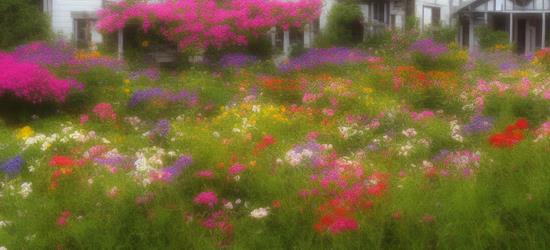











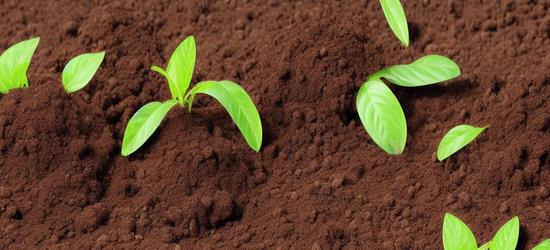













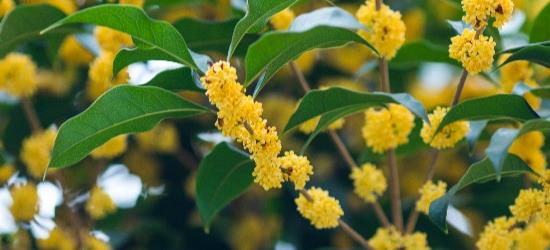



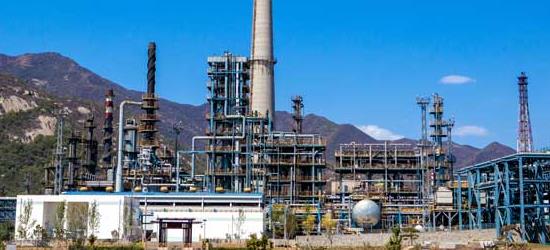




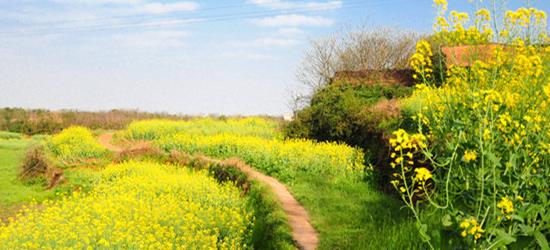
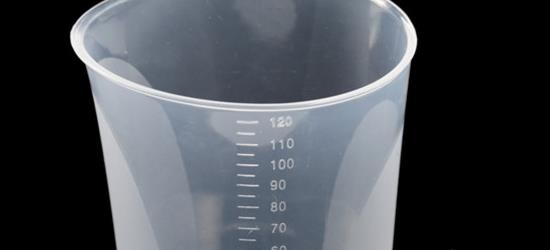

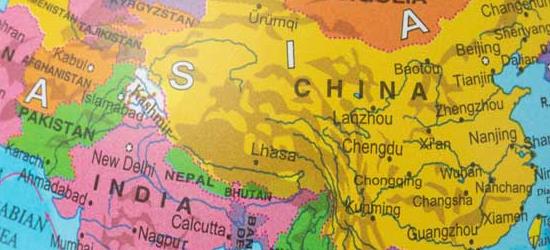

 粤公网安备 44098102441188号
粤公网安备 44098102441188号